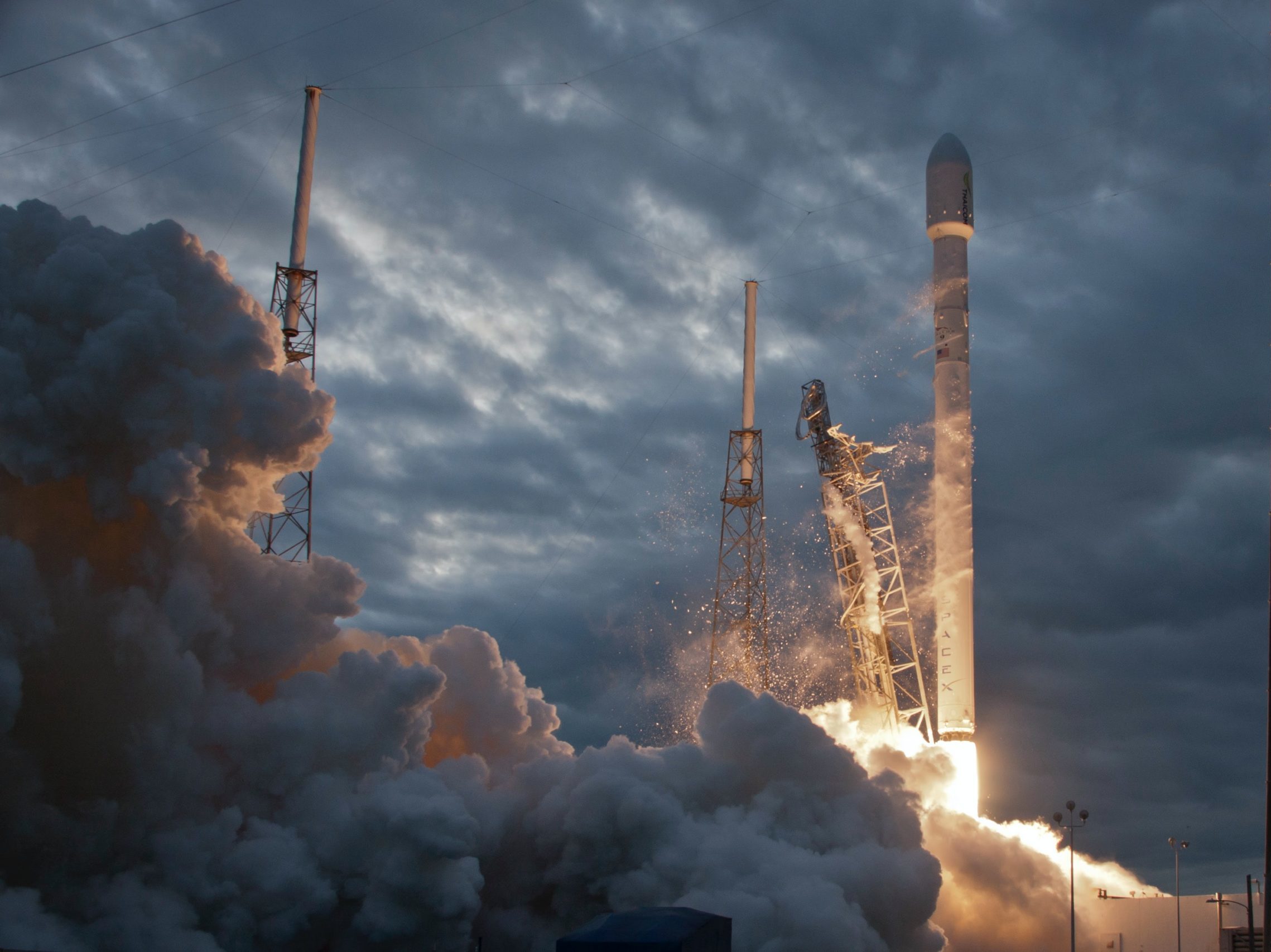2/27/23
On February 24, 2023, Kerbal Space Program 2 was released in early access. The game is not finished quite yet, but is already boasting the familiar dedication to scientific realism as its predecessor. For the unfamiliar, Kerbal Space Program is a video game that was released in 2011. It allowed users to experiment with semi-realistic rocket mechanics to send aliens, the loveable and goofy Kerbals themselves, to space.
The game functioned mainly as a sandbox: players were able to build their own rockets and pursue missions as they saw fit. Trial and error was a large part of the gameplay, as, similarly to real life, the rockets had a tendency to explode magnificently if not designed properly. The physics of the game was so realistic, astronaut Ed Lu joked he learned more about physics from the video game than college physics courses. The original game even collaborated with the European Space Agency (ESA) to allow players to replicate real rockets and space missions, such as the Ariane 5 launch vehicle and the Rosetta mission.
Take it from an astronautical engineering student– rocket science is hard. It is a broad and complex topic, but it isn’t impossible to understand. Often, the most difficult aspects of concepts like orbital mechanics and delta-V calculations are visualizing them in a real world scenario. This is something Kerbal Space Program excels at, and at the same time, makes a fun introduction to the topic for anyone interested. NASA Jet Propulsion Laboratory visualizations producer Doug Ellison has commented that the game is so enjoyable that NASA engineers will use it to test initial concepts in an idealized environment.
That isn’t to say the game has no flaws. Some argue that the role video games play in education is limited to introductory inspiration and nothing more. For those more interested in the game development aspect of tackling such a large challenge as simulating all of real world physics, it would most likely be a pleasant surprise to learn that the game’s creation is very similar to engineering solutions. To get the best approximation of a problem, you make assumptions. Video game design is no different, and although the developers tried to make it as realistic as possible, there is a barrier to what is achievable through a virtual interactive medium.
Video games offer the unique opportunity to provide educational experiences in a fun way. There is often a separation between educational concepts and play, but the most influential experiences are ones that combine both. In the case of Kerbal Space Program, the game was so beloved Boeing’s Starliner brought a plushie of one of the original Kerbals to the International Space Station. People learn when they are having fun and enjoying the material that is being taught. It is considered a rare talent to make concepts as difficult as flight mechanics enjoyable, and that is exactly why video games need to be recognized for the potential they hold. In the case of Kerbal Space Program, it allows the general public to not only gain a better comprehension of the science of space travel, but also to take part in it themselves. In the words of Ellison, “I knew KSP was something special when I watched a young kid… playing KSP and using words like apogee, perigee, prograde, retrograde, delta-v; the lexicon of orbital mechanics. To the layperson orbital mechanics is a counter-intuitive world of energy, thrust, velocity, altitude that this kid — just by playing Kerbal — had managed to get his head around.”

